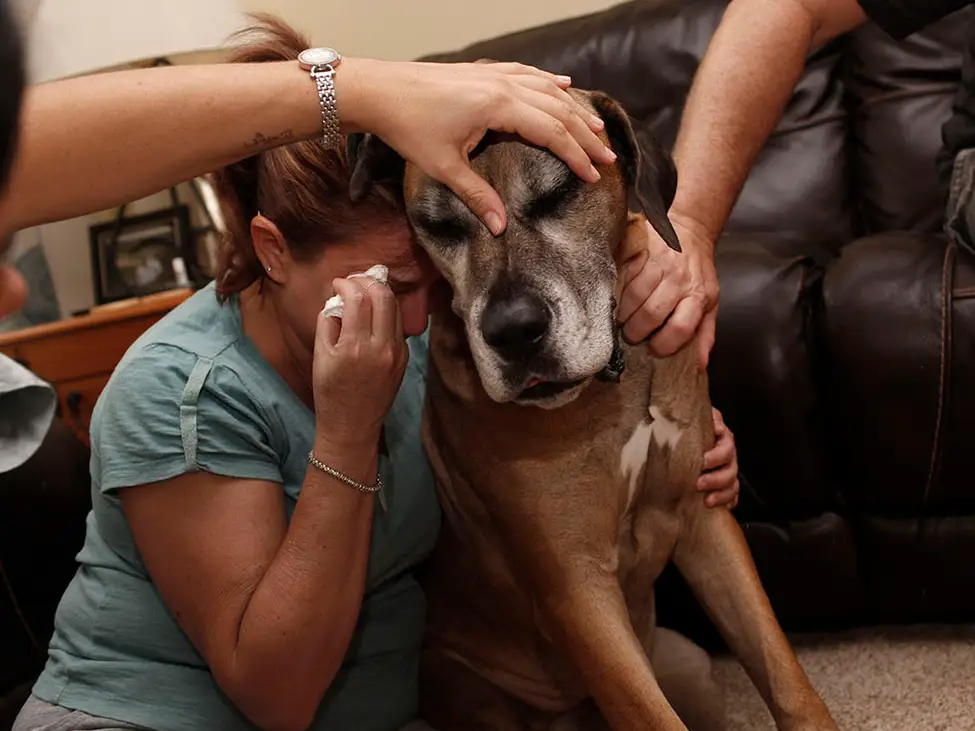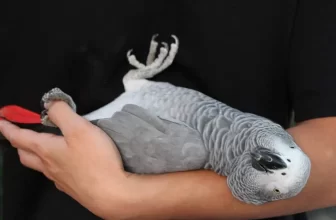
Embracing the Final Chapter: Recognizing When Our Beloved Dogs Are Saying Goodbye
As pet owners, we form deep bonds with our dogs, considering them as part of the family. Thus, witnessing the decline of a dog’s health can be incredibly distressing. Recognizing the signs that a dog is nearing the end of its life is crucial for providing them with the comfort and care they need during their final days. Here are some key indicators that a dog may be dying:
- Lack of Coordination: As dogs approach their final moments, you may notice a significant decrease in their coordination. This can include trouble standing, walking, or even maintaining balance while stationary. This lack of coordination is often a sign that their body systems are beginning to shut down.
- Extreme Fatigue: A dying dog will display an overwhelming sense of tiredness that isn’t alleviated by rest. This fatigue is due to the body’s systems slowing down and can be so severe that the dog spends most of the time sleeping, showing little interest in its surroundings or activities it once enjoyed.
- Complete Loss of Appetite: One of the more common signs a dog is dying is a total disinterest in food and water. This occurs because their body is shutting down, including the digestive system, and they no longer feel hunger or thirst.
- Vomiting: As the digestive system shuts down, a dying dog may experience vomiting along with other gastrointestinal distress, including diarrhea. These symptoms are distressing but are part of the natural process as the body prepares to shut down.
- Incontinence: Dogs nearing the end of their life may lose control over their bladder and bowels. This incontinence can be due to a combination of weakened bodily functions and a lack of energy or motivation to move to an appropriate location to relieve themselves.
- No Interest in Surroundings: Dogs that are dying often lose interest in their surroundings. They may not respond to their owners, other pets, or any activities that used to excite them. This withdrawal is a sign that their energy levels are depleting and they are conserving what little they have left.
- Twitching or Shaking: Muscle twitching or shaking can occur in the final stages of a dog’s life. These reflexes may happen as the body’s functions begin to fail, and while they can be unsettling to witness, they indicate that the end is near.
- Labored Breathing: One of the most heart-wrenching signs is labored breathing. You may notice that your dog’s breaths become shallow and erratic, or there might be extended pauses between breaths. This change in breathing pattern signifies that the body is struggling to function.
- Worsening of Terminal Illness: If your dog has been battling a terminal illness, you might observe a sudden or gradual worsening of their condition. This could manifest in various ways depending on the illness but generally indicates that their body is no longer able to fight or compensate for the disease.
Understanding the Dog Dying Process and the Moment of Death
As pet owners come to terms with these signs, understanding what to expect during the dying process can further aid in providing compassionate care. The process of a dog dying can vary greatly in duration, from a matter of minutes to several days, depending on their health and underlying conditions.
- Breath Changes: One of the first signs that a dog is close to death is changes in breathing. Breaths may become shallower and more erratic, with noticeable pauses between breaths. This labored breathing may persist until the final moments.
- Final Relaxation: As death approaches, a dog’s body will undergo a final relaxation. Muscles relax, including those controlling the bladder and bowels, which may lead to release. This relaxation also extends to the facial muscles, giving them a peaceful appearance.
- The Last Breath: A very distinct sign that a dog has passed away is their final breath. This can sometimes be a deep sigh, after which their body will go completely limp. The absence of any muscular tension signifies that the heart has stopped beating and breathing has ceased.
- Eyes: If a dog’s eyes are open at the time of death, they may have a glassy appearance, indicating that the heart has stopped pumping blood.
It’s important for pet owners to be present during these final moments, if possible, providing soothing words and gentle touches. This presence can be comforting for both the dog and the owner, marking a peaceful end to a cherished life.
Aftercare and Remembrance
After a pet has passed, owners may choose various forms of aftercare, such as burial or cremation, according to personal preferences or the pet’s wishes if known. Remembering a beloved dog through memorial services or keepsakes can aid in the healing process.
The loss of a pet is an emotional journey, but understanding the dying process enables owners to prepare and provide compassionate care during these final chapters. It’s essential to lean on support from friends, family, and professionals during this time to navigate through grief and celebrate the life of a beloved companion.
Recognizing these signs provides an opportunity for pet owners to make their beloved dog’s final days as comfortable as possible. Whether through palliative care at home, veterinary support, or considering euthanasia to prevent suffering, understanding these indicators helps owners make informed decisions about their pet’s end-of-life care. It’s important to consult with a veterinarian for guidance and support during this difficult time, ensuring your pet’s needs are met with compassion and dignity.






